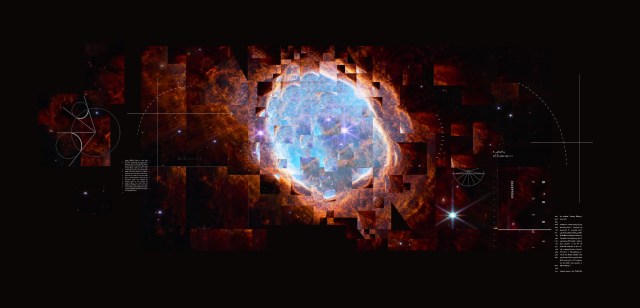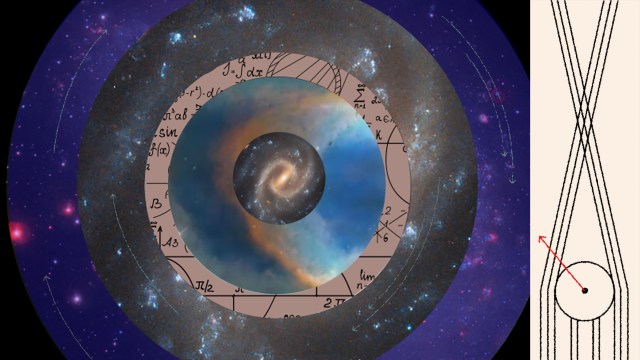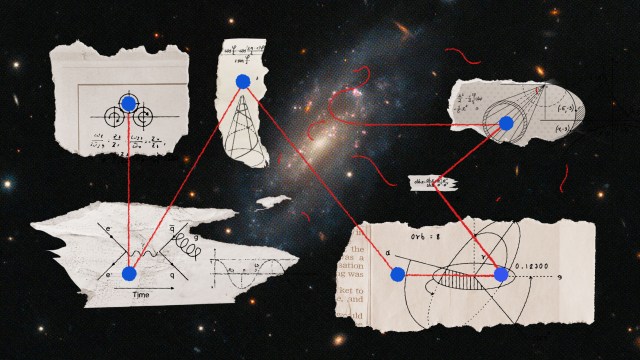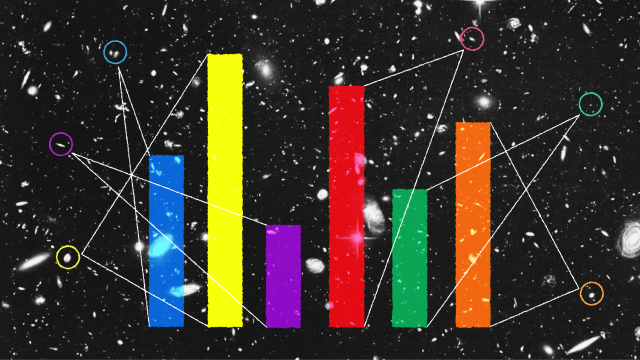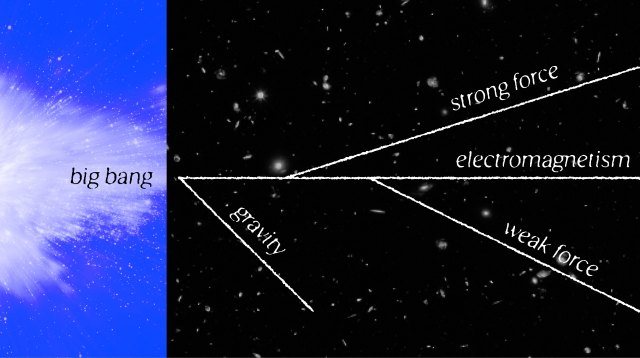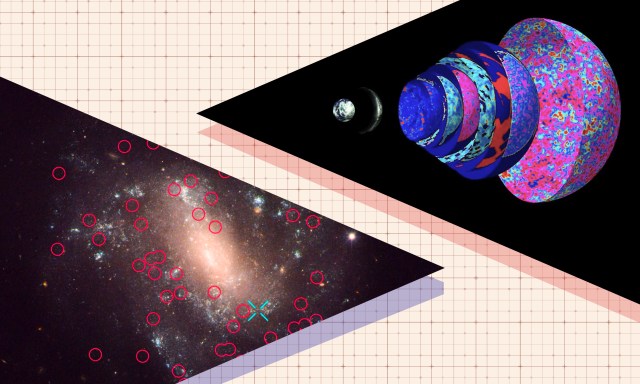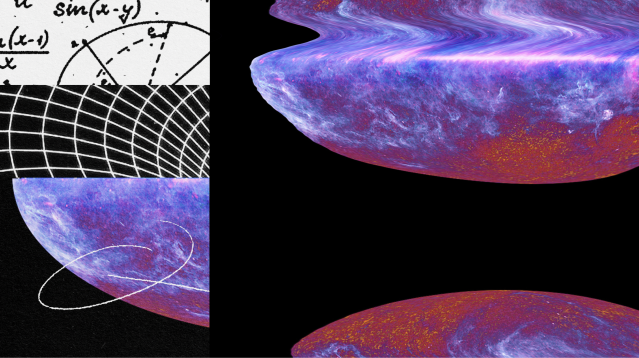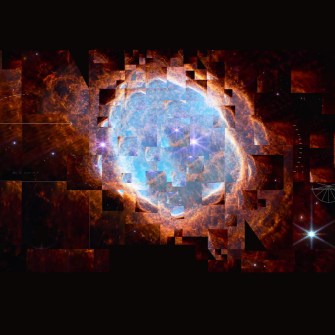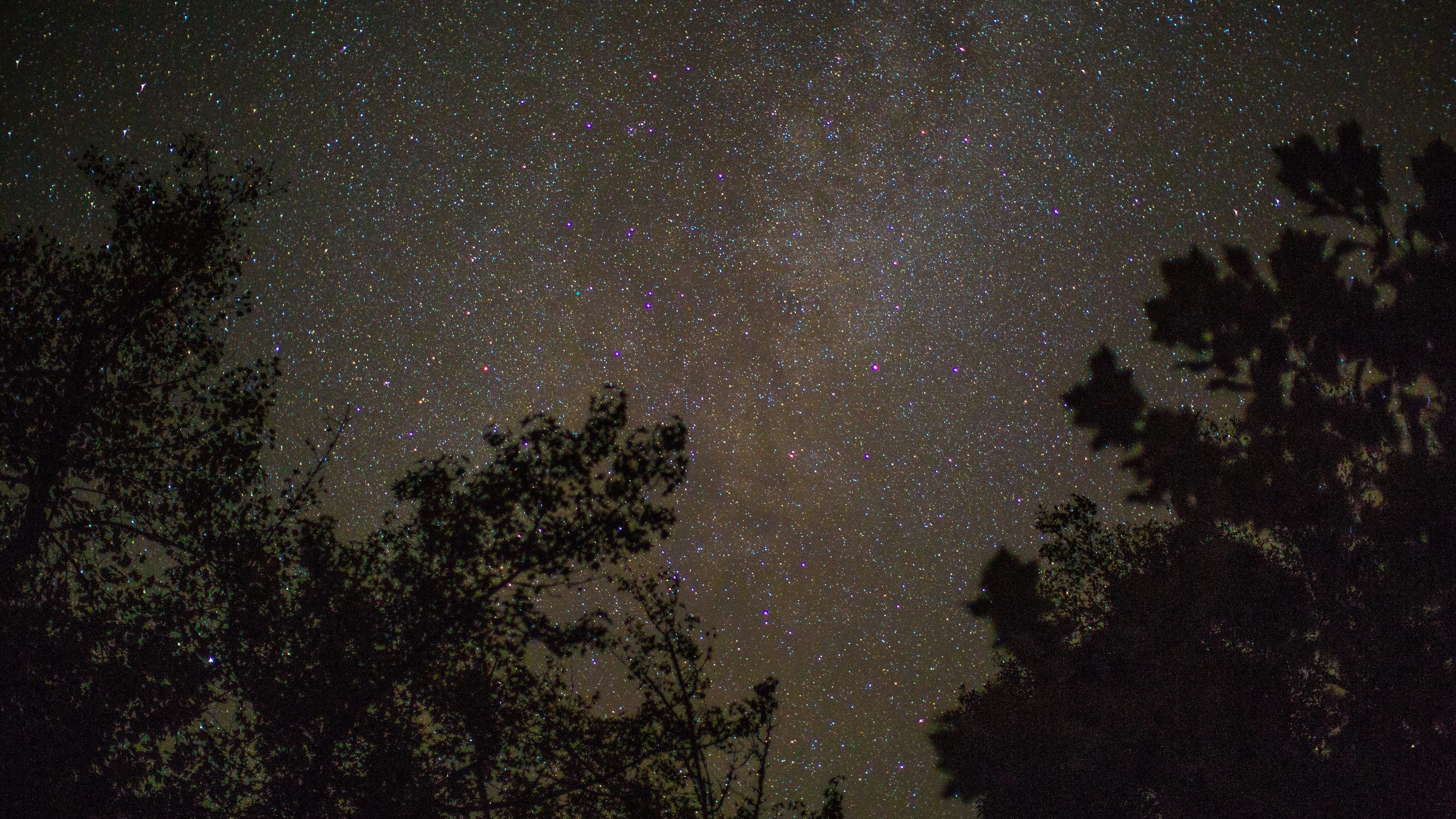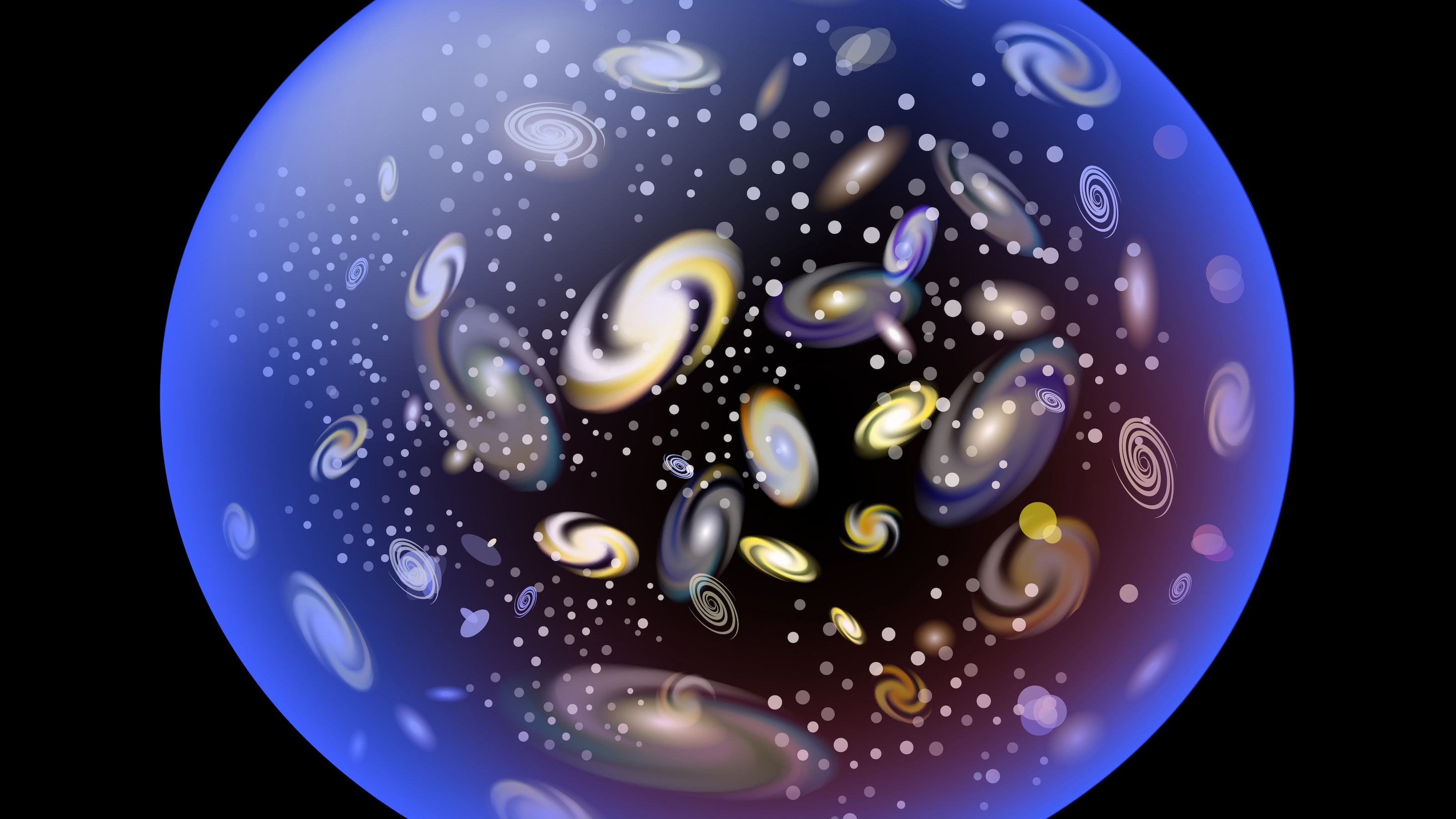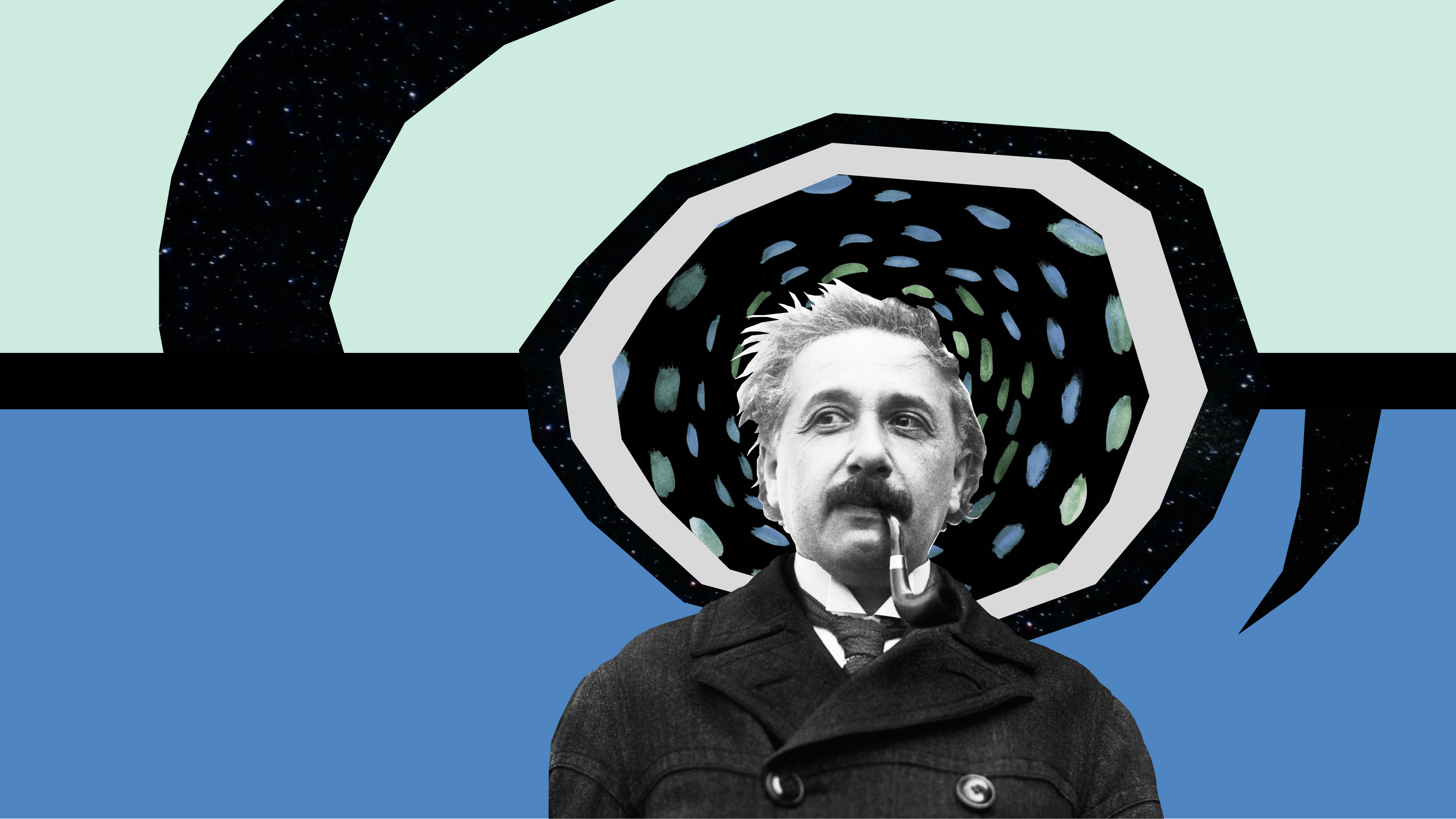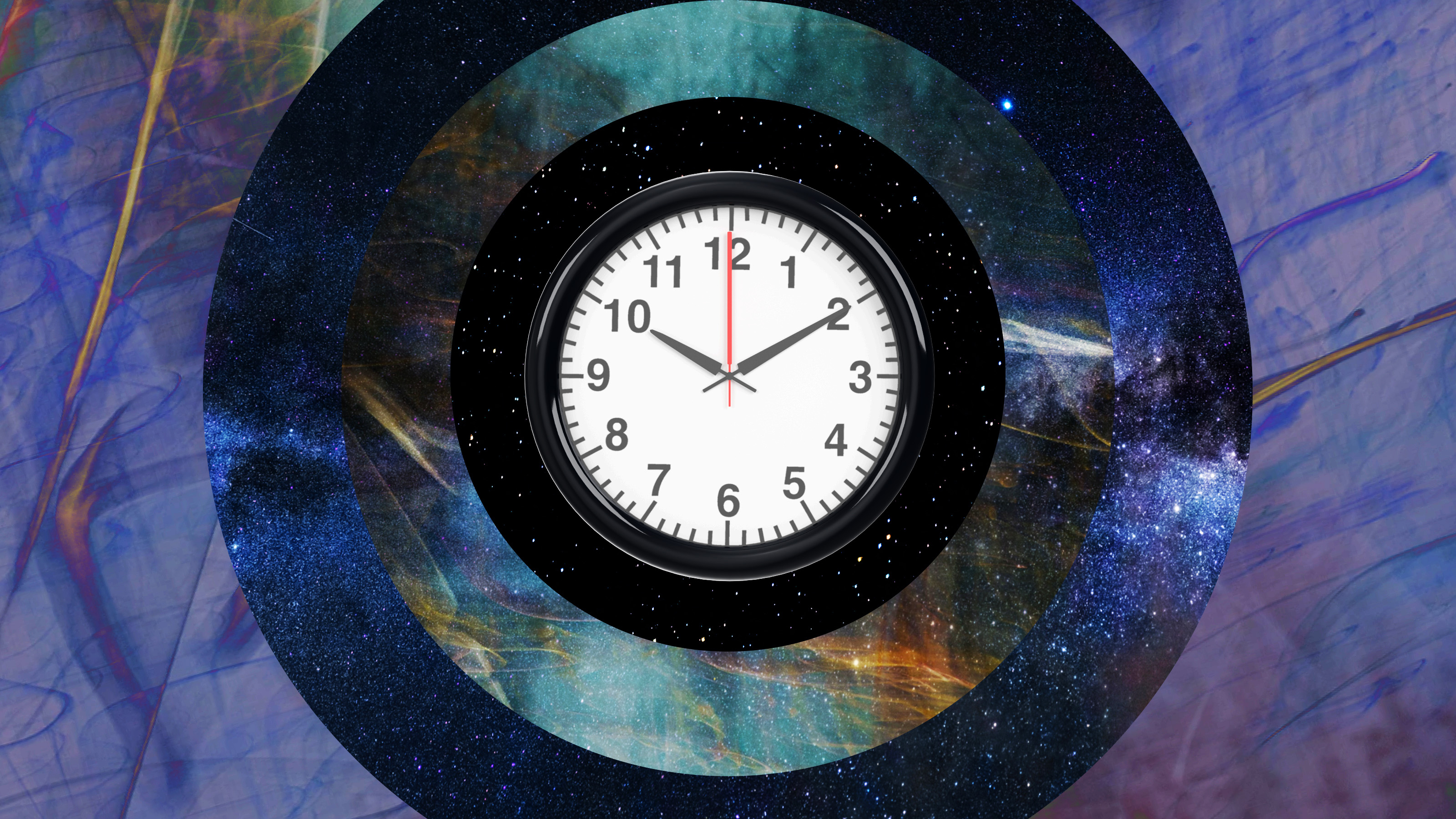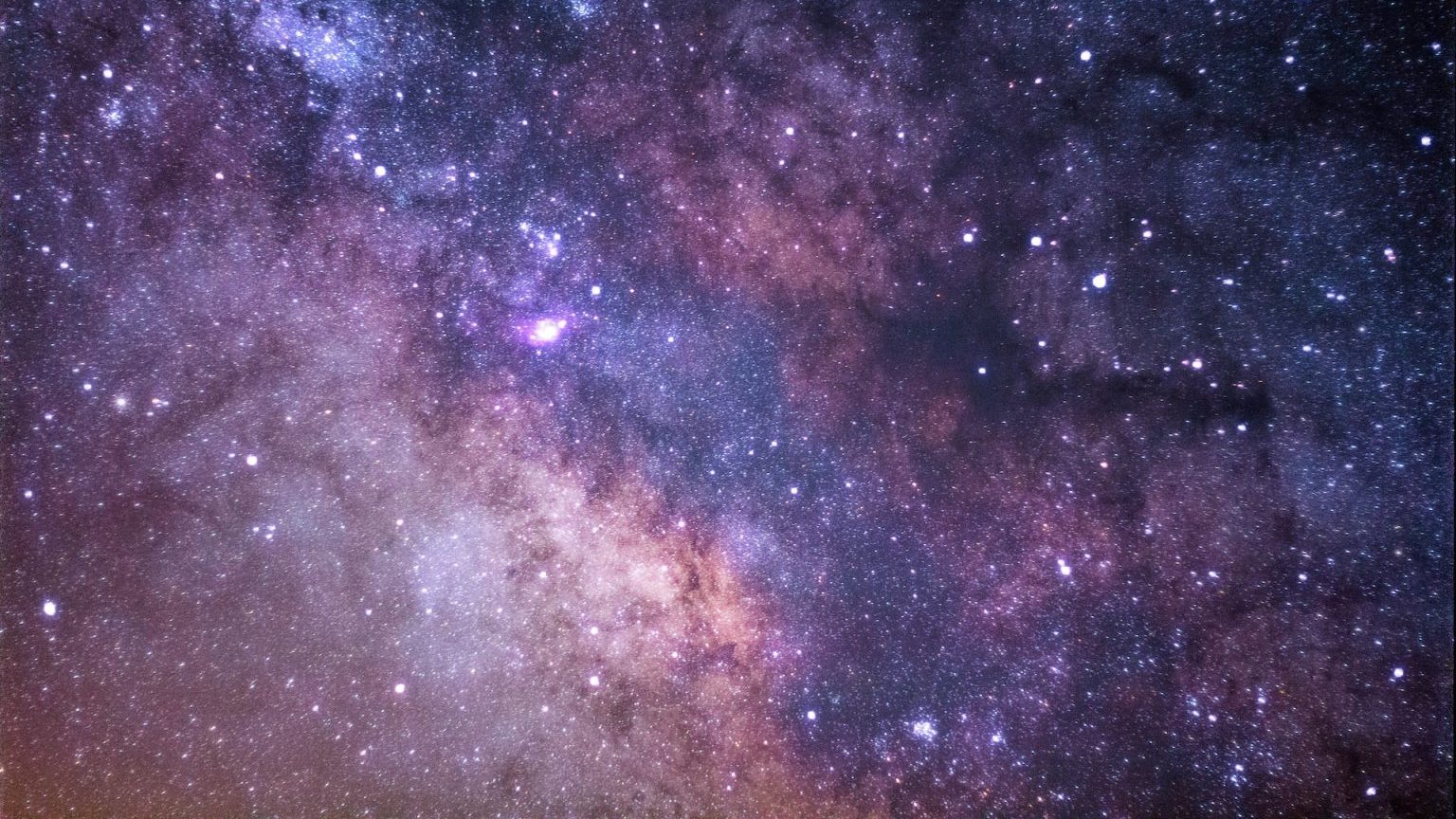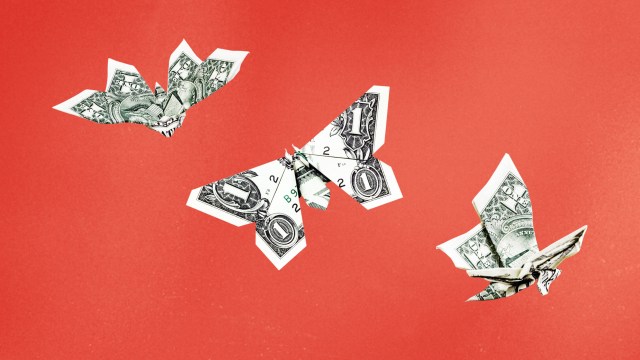6 major cracks have appeared in the standard model of cosmology. Is it wrong?
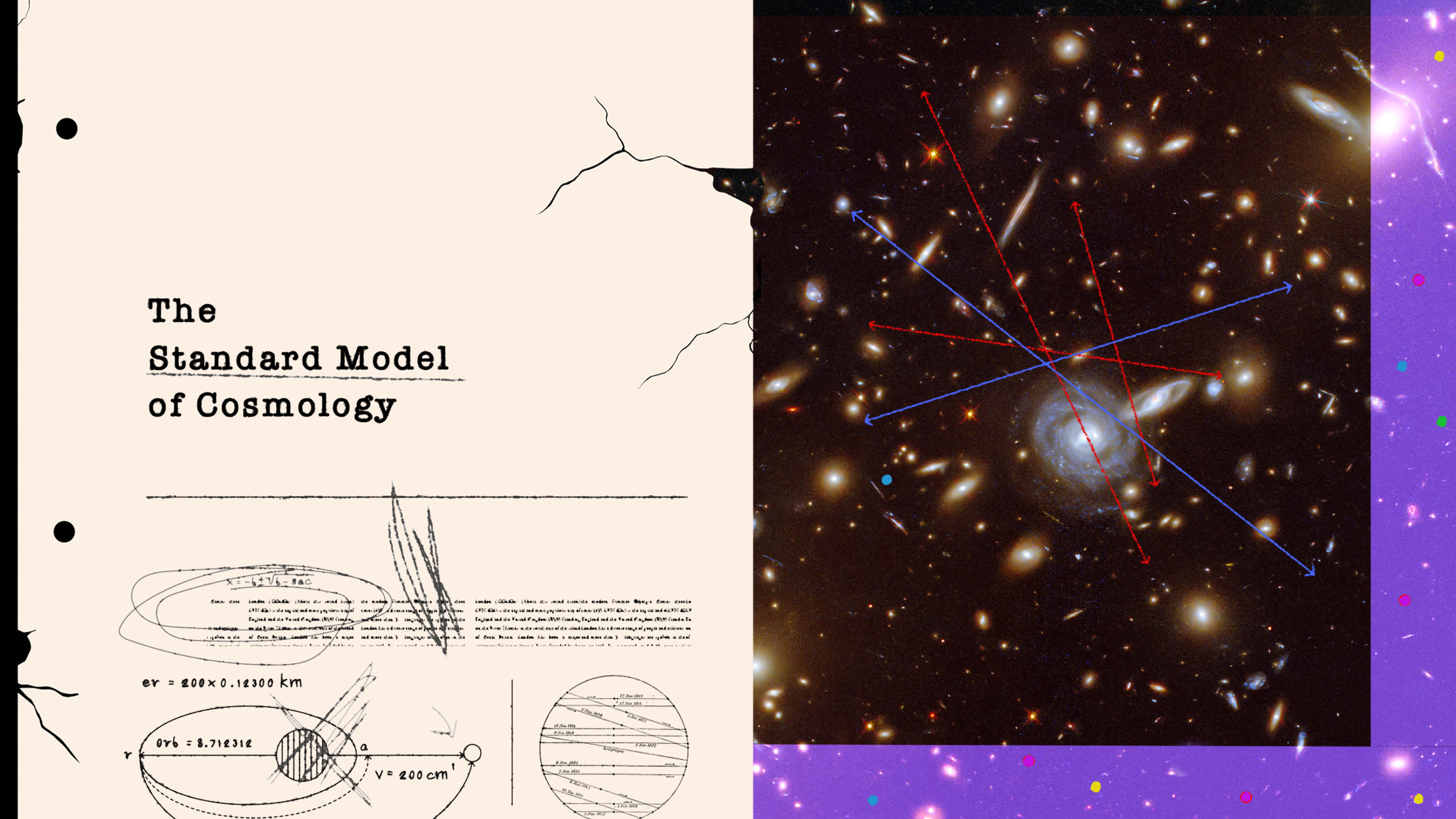
- The standard model of cosmology’s story of cosmic evolution includes various phases, like inflation, and various actors, such as dark energy and dark matter.
- The standard model has encountered a lot of success in matching up to observations, but cracks are starting to show in its foundations.
- In the coming weeks, we will take an in-depth look at a number of problems confronting the standard model. Is it time for a cosmological paradigm shift?
For more than a half century, scientists have been developing a remarkable account of how the Universe evolved. Initially called the Big Bang, this account was refined as time went on, until it came to be known as the standard model of cosmology, inflationary cosmology, or the ΛCDM model, where Λ is the Greek letter Lambda and refers to dark energy, and CDM refers to cold dark matter.
What these various names underscore is that the story of cosmic evolution told by physicists and astrophysicists includes various phases, like inflation, and various actors, such as dark energy and dark matter.
Problems with the standard model
While the standard model is rich in successful confrontations with observations, cracks have appeared in its foundations over time. In a recent paper, astrophysicist Fulvio Melia argues that its shortcomings are serious enough that it is time to consider whether the standard model should continue to be so standard.
I came across Melia’s paper via a commentary written by Big Think’s own Ethan Siegel. I found Melia’s points really interesting, both in terms of cosmology and the philosophy of science. In the paper, Melia provides a number of examples in which he believes the standard model is showing its age and failing to provide a coherent account of cosmic evolution. Each of these problems is worthy of consideration on its own. That is why today I am beginning a series of essays aiming to unpack the problems Melia presents. Here are some of the issues he thinks are collectively overwhelming the standard model.
- Inflation and cosmic scales. While the idea that the Universe went through an early period of rapid expansion has proven useful in accounting for smaller features in the sky, Melia claims that it fails to account for behavior on the largest scales.
- Quantum fluctuations. The standard model claims that quantum mechanical fluctuations on the smallest scales and at the earliest cosmic time led to all the structure we see today. But Melia proposes that we do not have a proper account of how to apply quantum mechanics to the Universe as a whole.
- The electroweak horizon. One reason inflation works is that it allows the entire Universe to be causally connected early on, helping explain why conditions now are the same everywhere in the cosmos. But Melia claims that when the electromagnetic force separated from the weak force later in cosmic history, it left a horizon problem that has not been solved.
- Big Bang nucleosynthesis. In the first few minutes after the Big Bang, conditions allowed nuclear fusion reactions to create most helium, as well as the other light elements. But Melia says the calculations showing this demand fine-tuning of key parameters, most importantly the strange preponderance of matter over antimatter.
- The Hubble constant anomaly. The Hubble constant determines the expansion rate of the Universe and is a fundamental cosmological parameter. But the two most prominent ways of determining the Hubble constant give different results. Worse, as measurements have gotten better, the two values have remained stubbornly different. For Melia this is a flashing red warning sign that something is wrong with the standard model.
- The premature formation of galaxies. This is something that has gotten a lot of press thanks to new images from the James Webb Space Telescope. The standard model tells us galaxies should form relatively late, a good time after the Big Bang. Instead, JWST images are showing them at very early times. Melia takes this as another indication the standard model is getting key parts of the story wrong.
Cosmic paradigms
My goal in this series will be to take a deeper dive into some of these issues. I am not sure they should be considered fatal to the standard model quite yet, but each provides insights into key features of modern cosmology, so they are definitely worth exploring.
What we certainly can ask right now is what it would take for scientists to consider seeking an alternative to their cherished standard model. It was the great philosopher of science Thomas Kuhn who first articulated the idea of paradigm shifts in science, and that is an idea we should know about as we address this question.
A paradigm as described by Kuhn is a worldview. It is the background constellation of ideas, concepts, and techniques against which any field in science formulates its questions. For modern cosmology, the paradigm starts with the story of expanding spacetime, which includes an early inflationary stage. You also must learn about particle physics’ account of different forces, and when these forces started to show up as separate entities while the Universe expanded and cooled. You will know the story of how stars and galaxies began forming once the Universe had cooled enough to allow gravity to do its work. Taken together, all these stories — and all the physics equations and data that support them — form the paradigm of the standard model of cosmology.
Kuhn argued that paradigms are not easily overthrown. Too much work is invested in a paradigm to take a single mismatch between theory and observation as cause for abandonment. Only as more and more anomalies begin to appear will people haltingly start to consider alternatives. Eventually the weight of the anomalies grows large enough that some alternative appears that can sweep away the old model.
Is that what’s happening with Melia’s list of problems? Maybe, maybe not. It might be too early for such a reckoning. But it is definitely worth knowing what is on Melia’s list and keeping an eye toward further developments. That is why I want to explore in depth some of the issues he has brought up. Stay tuned.
